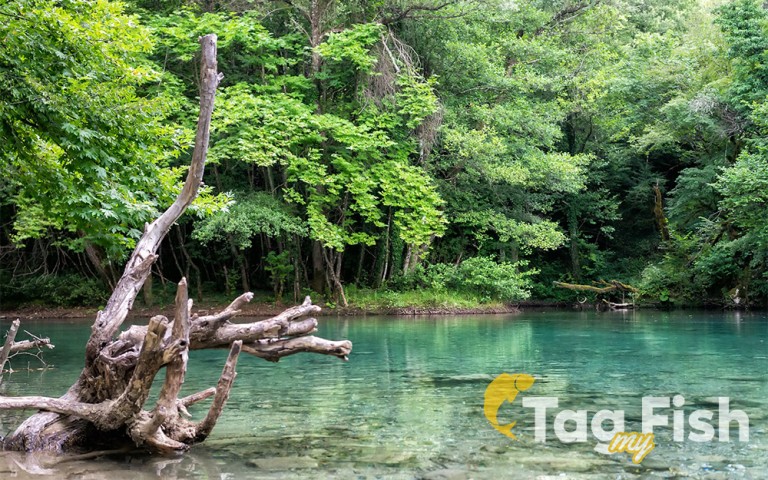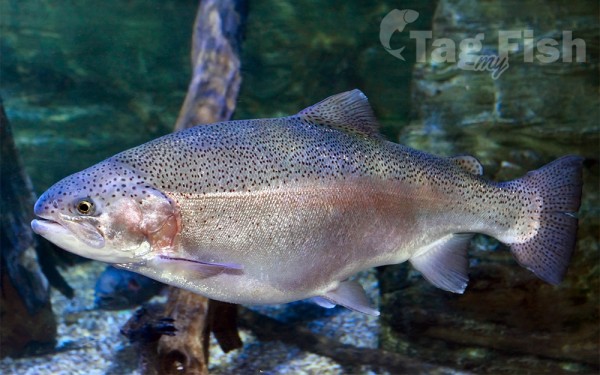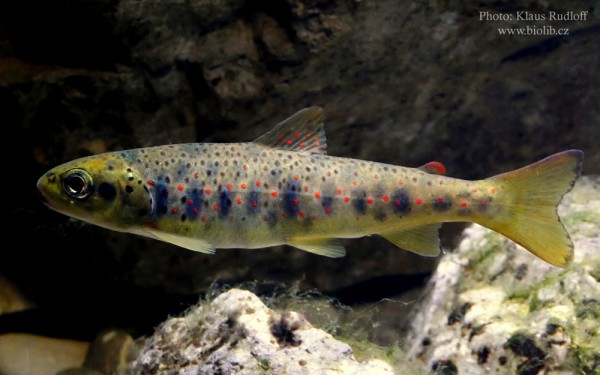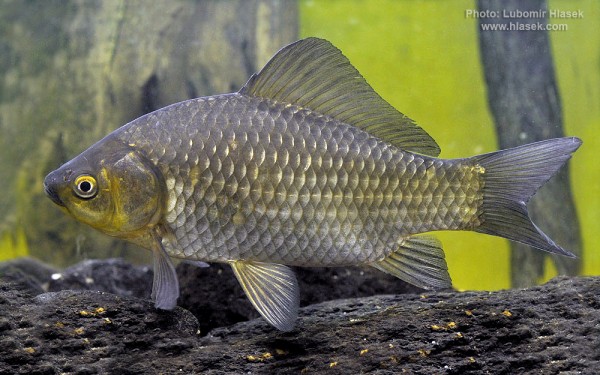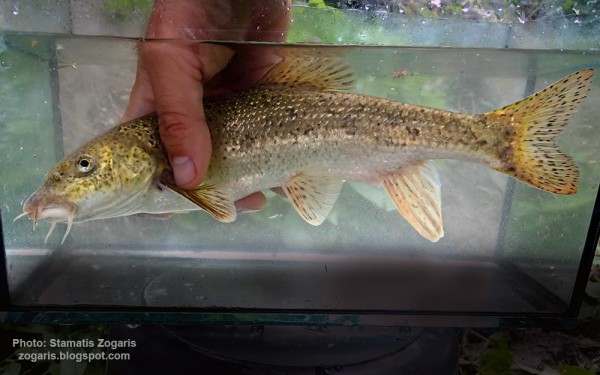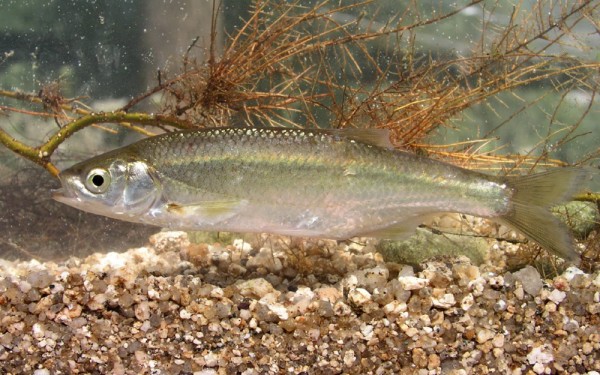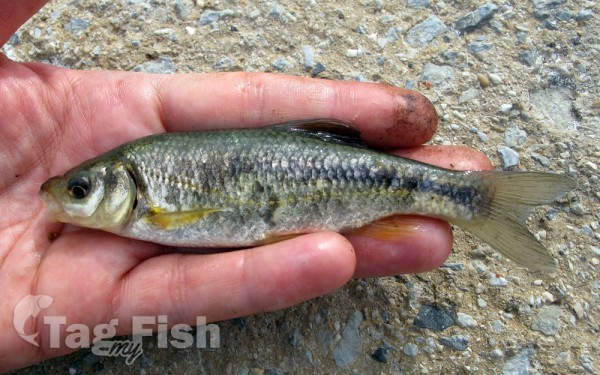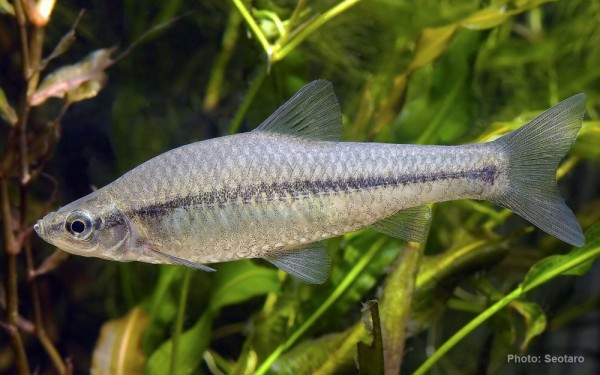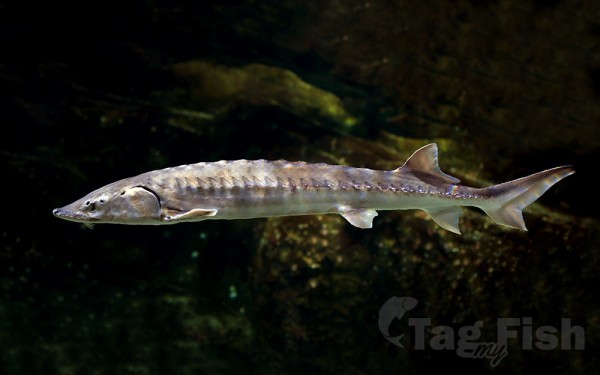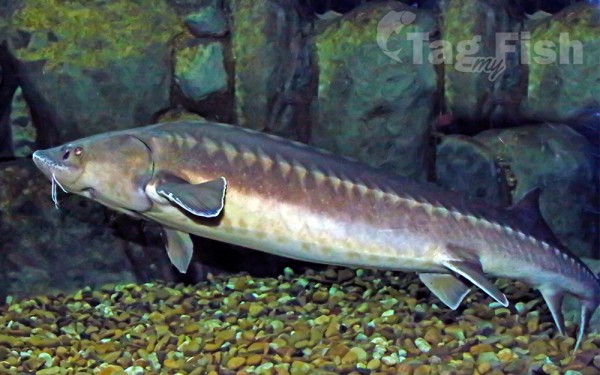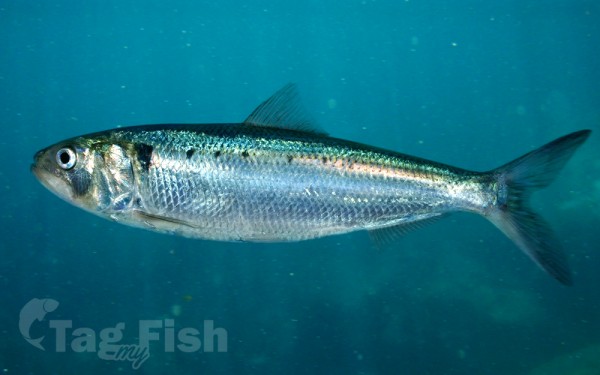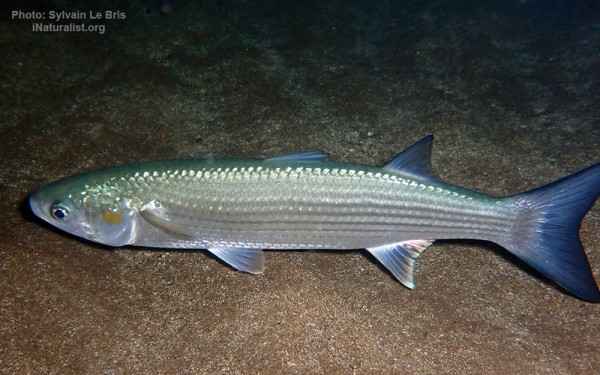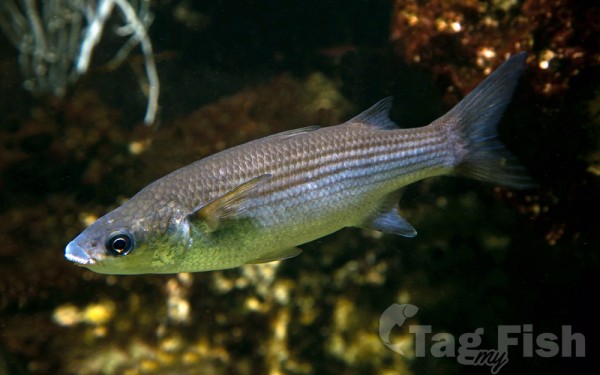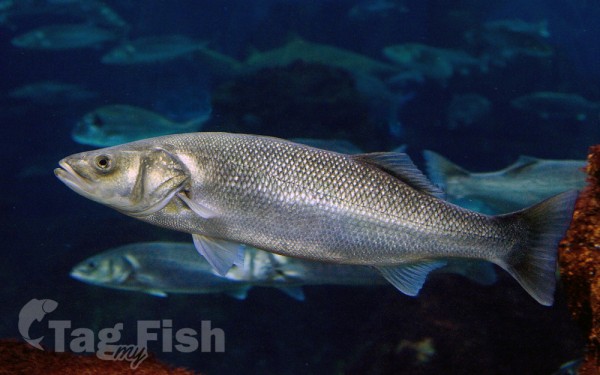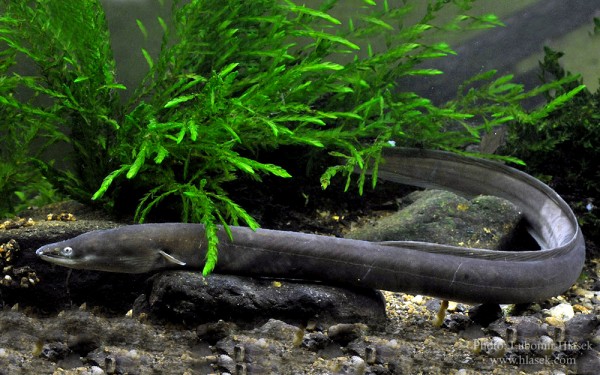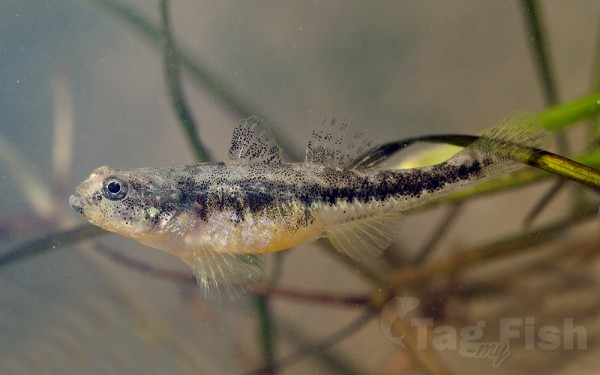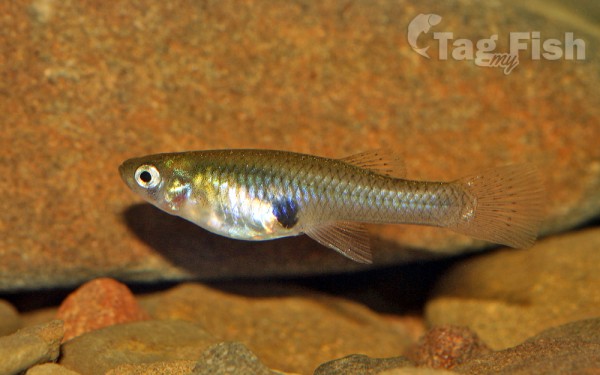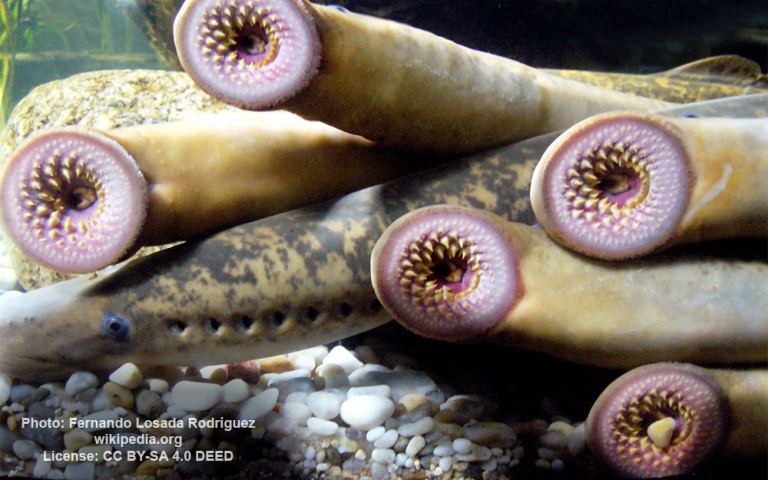Vjosa
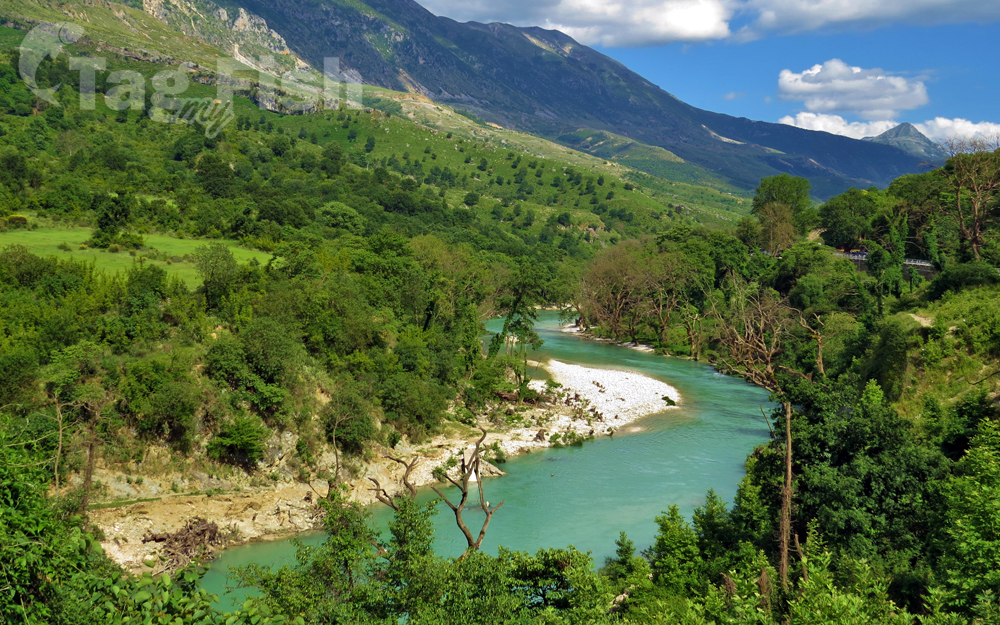
Largest tributaries
Salmoniformes - Salmons and Trouts
Cypriniformes - Carps
Acipenseriformes - Sturgeons and Paddlefish
Clupeiformes - Herrings
Mugiliformes - Mullets
Moroniformes - Temperate basses
Anguilliformes - Eels and morays
Blenniiformes - Blennies
Gobiiformes - Gobies
Cyprinodontiformes - Toothcarps
Petromyzontiformes - Lampreys
Salmoniformes - Salmons and Trouts
Cypriniformes - Carps
Acipenseriformes - Sturgeons and Paddlefish
Clupeiformes - Herrings
Mugiliformes - Mullets
Moroniformes - Temperate basses
Anguilliformes - Eels and morays
Blenniiformes - Blennies
Gobiiformes - Gobies
Cyprinodontiformes - Toothcarps
Petromyzontiformes - Lampreys
Salmoniformes - Salmons and Trouts
Cypriniformes - Carps
Acipenseriformes - Sturgeons and Paddlefish
Clupeiformes - Herrings
Mugiliformes - Mullets
Moroniformes - Temperate basses
Anguilliformes - Eels and morays
Blenniiformes - Blennies
Gobiiformes - Gobies
Cyprinodontiformes - Toothcarps
Petromyzontiformes - Lampreys
The Vjosa or Aoös (Greek: Αώος) is a river in northwestern Greece and southwestern Albania. Its total length is about 272 kilometres (169 mi), of which the first 80 kilometres (50 mi) are in Greece and the remaining 192 kilometres (119 mi) in Albania. Its drainage basin is 6,706 km2 (2,589 sq mi) and its average discharge is 195 m3/s. The main tributaries are Voidomatis, Sarantaporos, Drino and Shushicë.
Fish species
There are at least 31 species of fishes inhabiting the river system, of which 27 are native, including eight species endemic to the Balkans. With 11 species, Cyprinidae are by far the most specious family, followed by Mugilidae (five). Salmonidae and Acipenseridae are represented by 2 species each. The remaining ten families are represented by a single species. At least four species (Pseudorasbora parva, Oncorhynchus mykiss, Carassius sp., Gambusia holbrooki) were introduced into the Vjosa basin.
